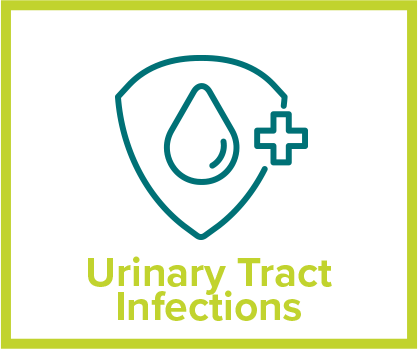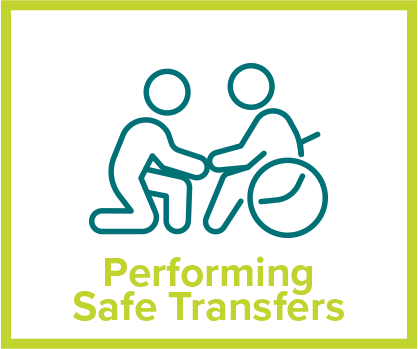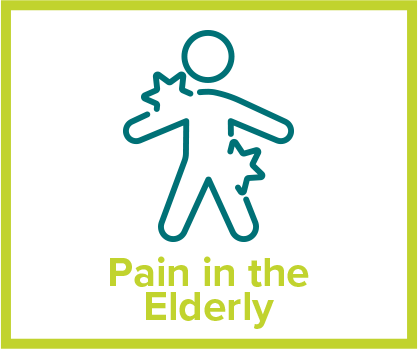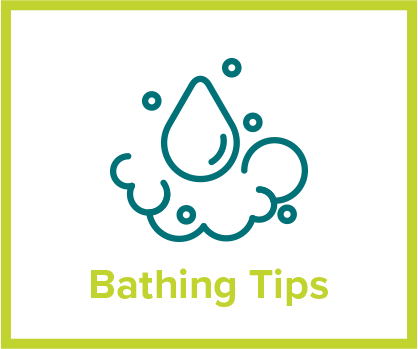By arhospice on September 12th, 2022
If you are a caregiver for a loved one who is frequently in bed or susceptible to bed sores, here is a short guide to preventing bed sores. Read below to learn how they develop, where they are commonly found, and tips for preventing them.
Pressure ulcers (also known as pressure sores, bed sores and decubitus ulcers) are serious cause for concern. A pressure ulcer is any injury to the skin caused by unrelieved pressure. Pressure ulcers can range from mildly uncomfortable to extremely painful. Even if a person doesn’t seem to be in a great deal of pain, an untreated pressure ulcer will slowly worsen. Once an ulcer becomes infected, it is much harder to treat and more likely to never heal.
Here are some facts about pressure ulcers:
- Nearly 1 million people develop pressure ulcers each year.
- A pressure ulcer on the hip takes longer to heal than a routine hip replacement surgery.
- People who cannot change positions themselves can get a pressure ulcer in as little as two hours.
How a Bed Sores Develop
- When left in the same position for a long period of time, pressure from the weight of the body pinches an area of skin between a bone and the surface the person is resting on.
- Blood vessels within the skin become blocked, shutting off blood flow to the area. Where there is no blood, there is no oxygen. Where there is no oxygen, tissue death occurs.
- The area becomes whitish and cold. It may tingle or itch.
- If the pressure is not relieved, the area will turn red and may even look bruised. The skin may feel cold or hot.
- The area may begin to look swollen, or a blister may form.
- Without treatment at this point, the skin will begin to die, and the pressure ulcer will rapidly progress.
- The area of damage becomes an open wound that progressively gets deeper as it damages the skin’s layers (the dermis, the epidermis, and the subcutaneous tissue).
- Eventually, damage to muscle, bone, and other structures, such as tendons and joints, will occur.
- All open wounds carry bacteria. So, without intervention, the wound will become infected.
Common Locations of Bed Sores
Pressure sores can form wherever a bony part of the body presses against other body parts – or a firm surface. Friction can also cause a pressure ulcer if the skin rubs against a surface repeatedly 90% are below the waist, generally on hips or buttocks.
Signs of a Bed Sore
- Redness lasting longer than 30 minutes
- Skin irritation/discomfort
- Tenderness
- Temperature change
- Change in skin color
Dark skin – The color may be deep purple, bluish, or dark brown/black
Tips for detecting a pressure sore in persons with dark skin:
- Use natural light when possible.
- Use your hands to feel for a change in the temperature over the skin.
- Ask the person if he or she is having pain, itching, tingling or numbness in the area.
Light skin – The color may start as white then darken to purple or red.
Signs and Symptoms of an Infection
Report any of the following signs to the person’s healthcare provider right away:
If a person develops a bed sore, watch closely for signs of an infection. Remember that untreated bed sores can lead to long hospitalizations, amputations, and even death.
- Redness
- Swelling
- Throbbing or tenderness
- Skin around the area is warm to touch
- Pus or watery drainage
- A red line streaking away from the wound
- Foul odor
- Fever or chills
- Confusion or excessive tiredness
- Swollen bumps in the armpit, neck, or groin
- Low blood pressure or fast pulse
Remember that it’s much easier, and causes a lot less pain to prevent a bed sore than it does to treat it. Contact your healthcare provider immediately when you first notice the signs of a pressure ulcer.
Tips for Preventing Bed Sores/Pressure Ulcers
- Encourage mobile persons to shift position every 15 minutes, especially when sitting upright.
- For wheelchair-bound persons, encourage them to sit upright. Sitting with good posture helps to switch positions frequently.
- Bedbound or immobile persons should be turned and repositioned every 2 hours unless healthcare providers say otherwise. “Turn clocks” are especially useful reminders in home-care situations where multiple family members and caregivers contribute to the person’s care.
- Encourage alert persons to help inspect their own bodies with a hand mirror.
- Encourage persons to drink at least two quarts of water every day for optimal skin health – unless they are on a fluid restriction.
- Encourage to eat extra protein, extra calories and fruit for energy.
- Avoid “sheet burn” by NOT dragging a person across the bed. Ask the person to help, if possible, or get a caretaker or family member to help move the person. Always move on the count of three so that you are all working together.
- Try to keep the person’s bed clean, dry and free from wrinkles. Lying on wrinkled sheets for a prolonged period may cause a pressure ulcer to develop. Wet linens can also increase the risk.
- Keep incontinent persons as dry and clean as possible. Wet skin can become brittle, making it tear more easily. Soiled or wet clothing can rub against the skin, creating an ulcer. Also, be aware that while a catheter may prevent urine from irritating the skin, it is not the best solution for preventing pressure ulcers.
- Whenever you reposition persons, take the opportunity to check their skin for any changes. Keep an eye out for dry patches, redness, tenderness, or bruises.
- Use pillows and pads to help position persons comfortably in their bed or chairs. Place the pillows so that they minimize pressure on bony parts of the body.
- When bathing a person, pat the skin dry with a towel instead of rubbing it. The friction from rubbing could irritate the skin and/or make a developing pressure sore worse.
- If a person has an adjustable bed, make sure the incline is as low as possible. The straighter a person sits in bed, the more pressure there is on the tailbone and lower back.
- Make sure persons are getting the proper amount of support from mattresses and beds.
- Discourage persons from lying directly on their hips when in bed. Since the hip bones are prone to bed sores, keeping pressure on this area can be very dangerous.
- Many pressure ulcers on knees and ankles occur from the legs rubbing together. To prevent this, try putting a pillow between the person’s legs to keep them apart while in bed.
Only nurses or physicians can directly treat a bed sore/pressure ulcer, however your careful attention the person’s skin can help prevent your loved one from getting dangerous bed sores.
For more information on any of our services or to enroll:
Information courtesy of Home Care Pulse.









 Registered 501(c)(3). EIN:
Registered 501(c)(3). EIN: